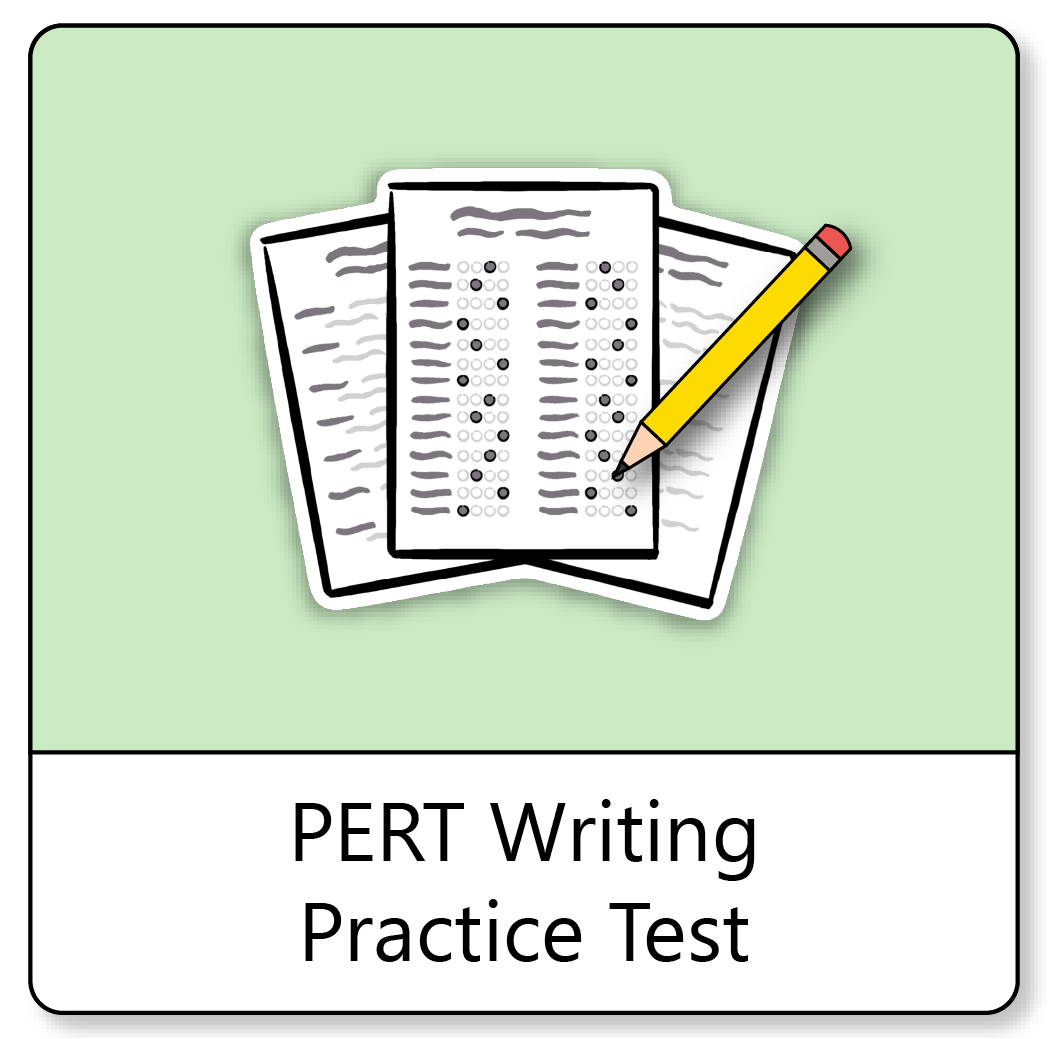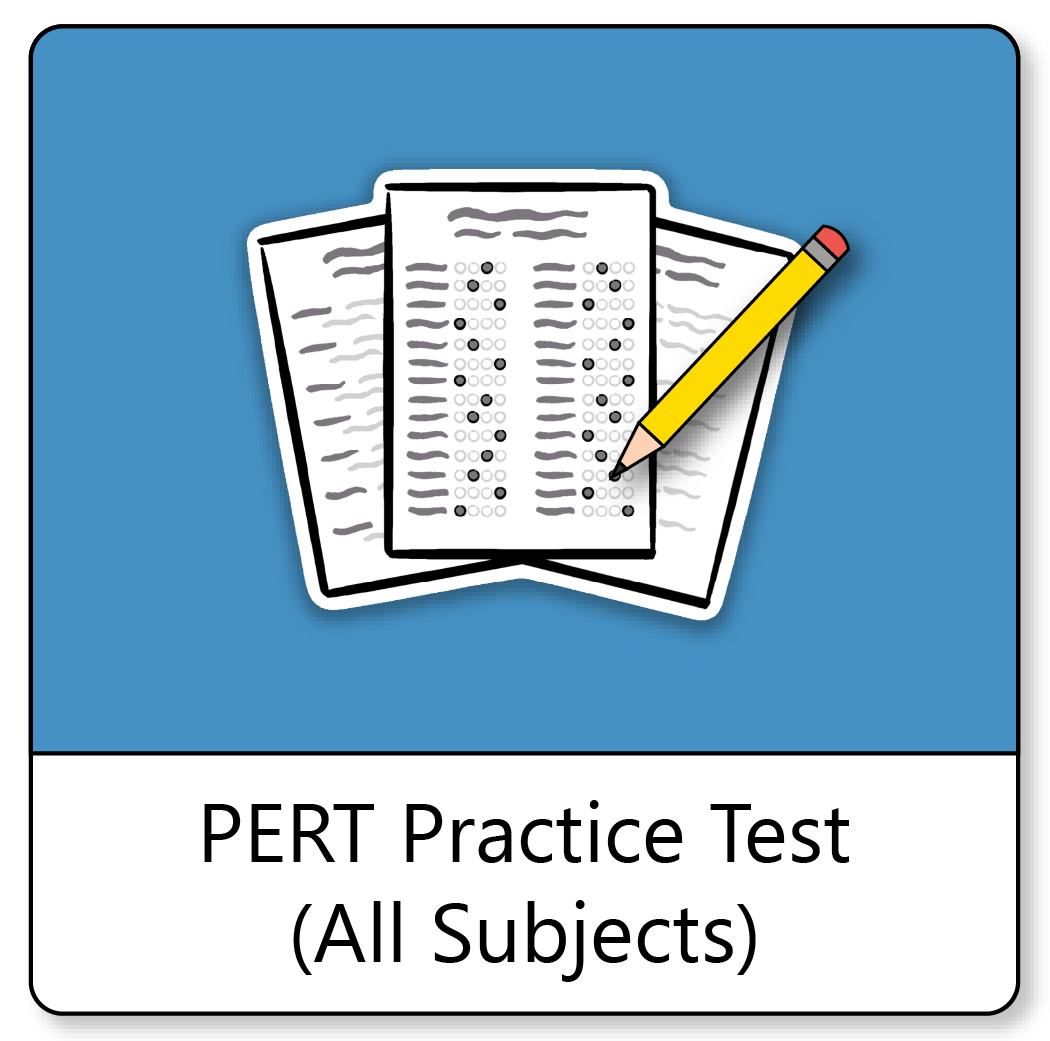If you need help studying for the PERT Reading test or just want some more information about what the test is like, you’ve come to the right place.
Click below to take a free PERT Reading practice test!
What Reading is on the PERT?
The Reading section of the PERT contains 30 questions covering the following topics:
- Main ideas, events, or information
- Supporting or challenging assertions about the text
- Determining the meaning of words and phrases in context
- Analyzing the meaning, word choices, tone, and organizational structure of the text
- Determining the author’s purpose
- Recognizing relationships within and between sentences
- Analyzing the traits, motivations, and thoughts of individuals in fiction and nonfiction
- Distinguishing between facts and opinions
- Evaluating the reasoning and rhetoric of an argument or explanation
PERT Practice Tests
Subject-Specific Practice Tests
If you need some extra practice in a specific subject, click one of the subjects below to get started on a subject-specific PERT practice test.
Full Practice Test
If you’d like to test your full range of knowledge, click below to take a full PERT practice test that includes every subject:
Online PERT Prep Course
If you want to be fully prepared, Mometrix offers an online PERT prep course. The course is designed to provide you with any and every resource you might want while studying. The PERT course includes:
The PERT prep course is designed to help any learner get everything they need to prepare for their PERT exam. Click below to check it out!
Mometrix Test Preparation is not affiliated with or endorsed by any official testing organization. All organizational and test names are trademarks of their respective owners.



 PERT Online Course
PERT Online Course PERT Study Guide
PERT Study Guide PERT Flashcards
PERT Flashcards



